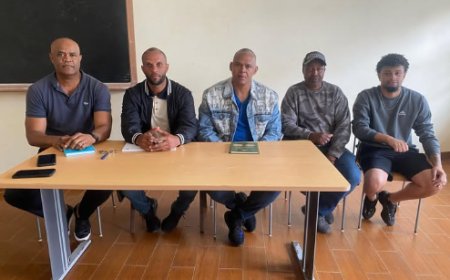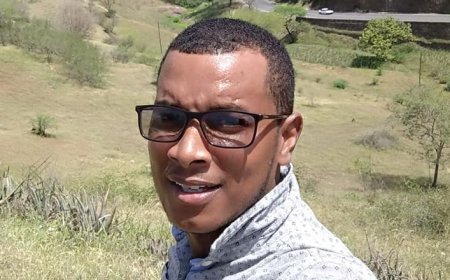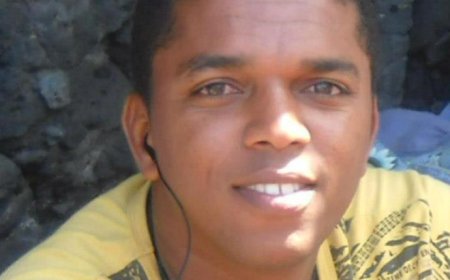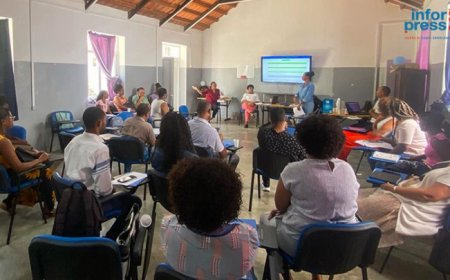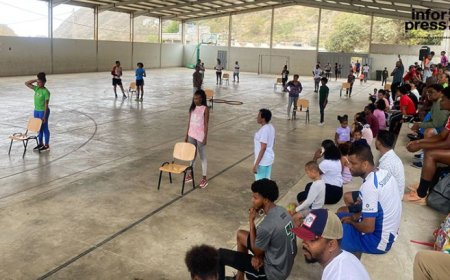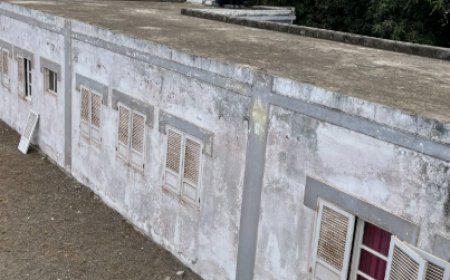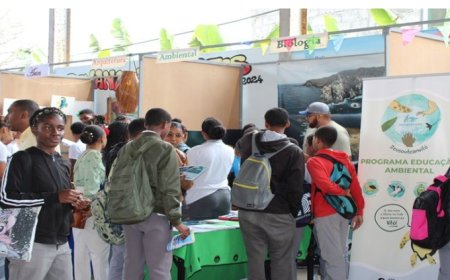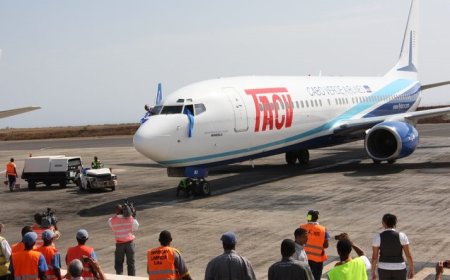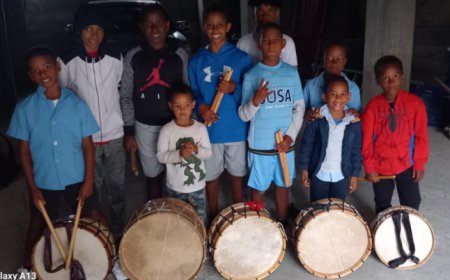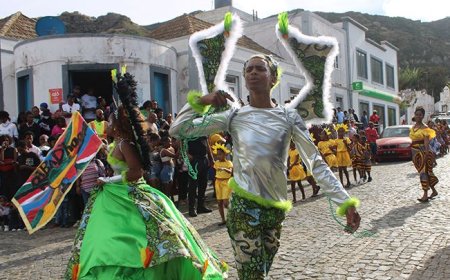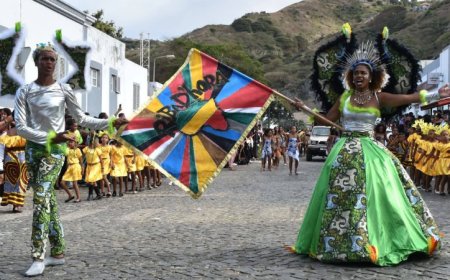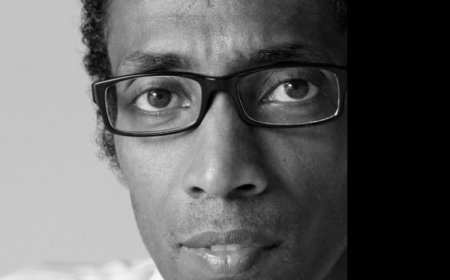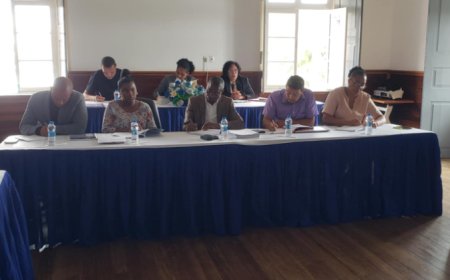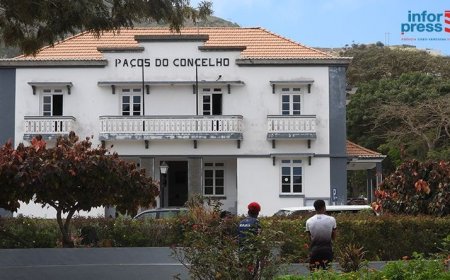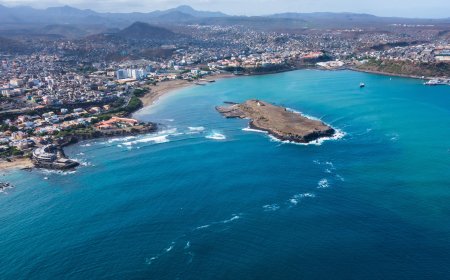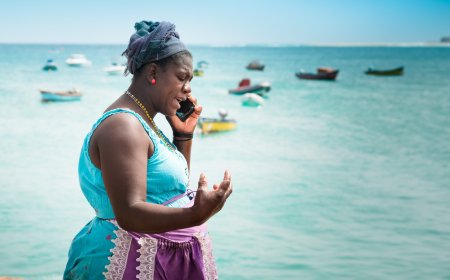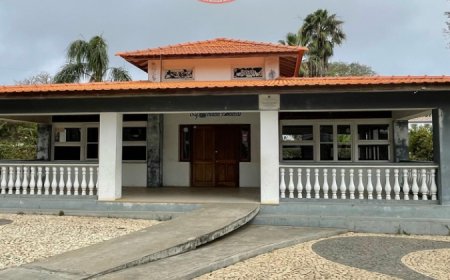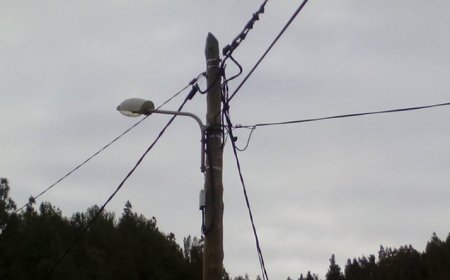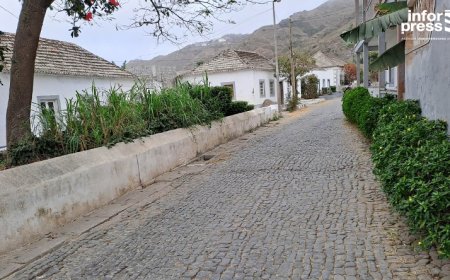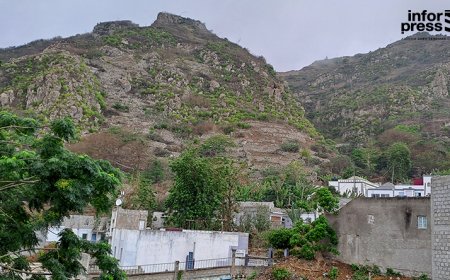INMG maintains a state of alert in Brava at level 3 but guarantees that the situation in Fogo has nothing to do with the neighboring island
After Brava Island was once again shaken by tremors last week and reports of phenomena near the Fogo volcano were released this weekend, the National Institute of Meteorology and Geophysics –INMG, issued a statement both about the situation earthquake on Brava Island as well as the phenomenon observed in eastern Fogo.
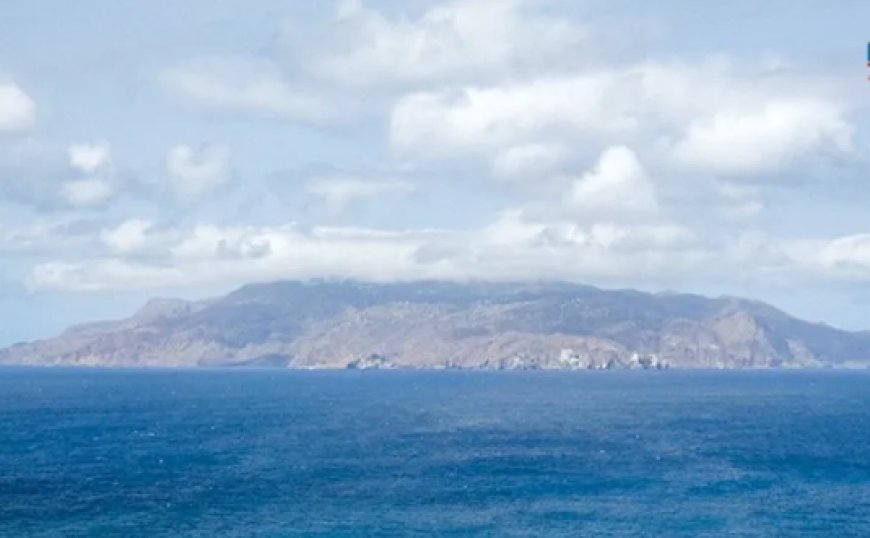
Despite recognizing that Brava Island has been unstable in recent days, INMG clarifies that “the seismic rate recorded on the island remains practically unchanged”, it states in a press release.
“However, there was a worsening given that a harmonic tremor (a continuous seismic signal that is characterized by having multiple frequencies produced by the flow of gases of volcanic origin) was recorded in the early hours of today (Sunday).
Therefore, the institute warns that “it is likely that from a seismic point of view, the condition will worsen in the coming days”.
“It should also be noted that, in the last 24 hours, three events of magnitude greater than 3 on the Richter scale felt by the population were recorded , all located in the Praia da Aguada area, without there being a significant change in focal depth.”
Taking this situation into account, INMG maintains a state of alert on the island at level 3, due to the occurrence of earthquakes felt frequently, which “means that the amount of magma that has accumulated at the base of the island has increased”.
INMG guarantees that it is monitoring the situation and “that there is no reason for alarm, however the authorities must remain alert”.
As for the phenomenon observed on the east coast of the island of Fogo, more specifically at the site called Rola-Rola, INMG informs that it is not an eruptive cloud. “The data recorded by the Fogo Volcano Geophysical Monitoring Network does not show any anomalies that could point to a possible eruption, ongoing or about to happen.”
According to INMG, “judging by the images analyzed, these are clouds of dust raised by the frequent falling of rocks at that site. It is also likely that the heavy rainfall that occurred on the island this year contributed to greater erosion, which favors the falling of rocks, so the situation has nothing to do with Brava Island”.
Following these events, INMG will hold a press conference today, the 20th, in São Vicente, at the INMG geophysical station in São Vicente, for more detailed information about the situation on Brava Island.






